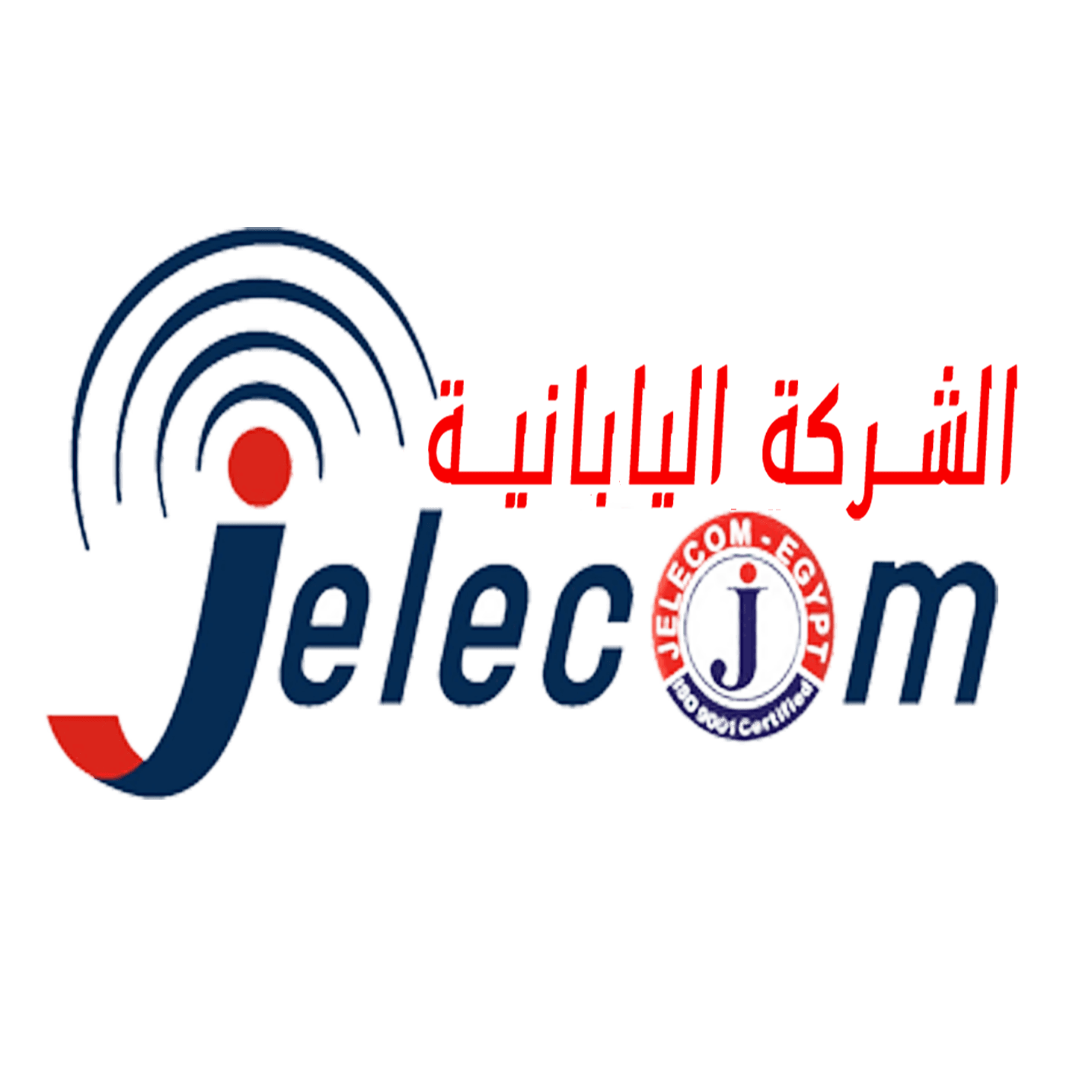Solar Systems Applications Course
Target Audience:
This program is targeting :
- Industrial, Commercial, Institutional
- Electrical Engineers Electrical Maintenance Tradespeople & Technicians
- Instrumentation And Control Engineers
Language: English / Arabic
Solar Systems Applications Course Content:
1: HISTORY OF SOLAR
- History of Solar
- Solar History Timeline
- Solar Panel Production
2: TYPES OF SOLAR ENERGY SYSTEMS
- Solar Electric / Photovoltaic Systems
- Solar Thermal Systems
- Off-Grid Applications
- Grid-Tied Applications
3: EVALUATING THE SOLAR RESOURCE
- Electromagnetic Spectrum
- Solar Irradiance
- Atmospheric Effects on Solar Radiation
- Latitudinal Effects on Solar Radiation
4: LOAD ANALYSIS
- Energy Audit
- Determine Load
- Peak Lead
5: SOLAR PHOTOVOLTAIC SYSTEMS
- Components
- Mounting Options
- Grid Interconnectivity
- Electronic Basics
- The Next Generation of Cheap Solar Cells
6: SOLAR HOT WATER SYSTEMS
- Collector Types
- Distribution Types
- Storage Types
- System Sizing
- Maintenance
7: SYSTEM MAINTENANCE
- Shading Control
- Snow
- Wind
- Cleanliness
- Batteries
- Troubleshooting
- Solar PV Systems: Users’ Maintenance Guide
8: PV MARKETS & APPLICATIONS
- Key contributions to the development PV
- Common types of PV systems
- Advantages & disadvantages of PV
- Features and benefits of standalone systems
- Features and benefits of utility-interactive systems
- Roles in the PV industry
- Opportunities for grid-tied and standalone PV systems
- Conservation & energy efficiency with PV
9: SAFETY BASICS
- Safety hazards of PV systems and components
- Personal protective equipment (PPE) requirements for installing PV
- Safe practices and OSHA standards
- Electrical hazards including shock and arc flash
10: ELECTRICAL BASICS
- Basic electrical parameters
- Power vs. Energy
- Common electrical system components
- Electrical test equipment
- Ohm’s Law
- Electric utility system operations
11: SOLAR ENERGY FUNDAMENTALS
- Basic solar terms
- Diagram the sun’s movement across the sky
- Sun path diagrams
- Factors that increase/decrease solar energy collection
- True North vs. Magnetic North
- Shading
- Gauging the solar window using software
- Avoiding inter-row shading
- Tools for measuring solar power and solar energy
12: PV MODULE FUNDAMENTALS
- Describe how solar cells transform sunlight into electricity
- Define PV cells, modules, panels, and arrays
- Five key electrical output parameters
- I-V Curve
- Series and parallel module connections
- Why PV modules make excellent battery chargers
- Performance rating & measurement
- Compare manufacturing fabrication processes of solar cells
- Crystalline silicon cells and thin-film modules
- Calculating efficiency per unit area
- PV modules as limited current sources
- Bypass diodes
- Qualification testing to ensure PV module safety & reliability
13: SYSTEM COMPONENTS
- Common System Configurations
- Major PV System Components
- Balance of System Components
- PV System Power Processing Equipment
14: PV SYSTEM SIZING PRINCIPLES
- Standalone vs. utility-interactive PV systems
- Determine peak power demand & energy consumption
- De-rating factors
- PVWATTS
- Maximum & minimum number of modules with inverters
15: PV SYSTEM ELECTRICAL DESIGN
- Prepare one-line electrical diagrams
- Identify the c properties of electrical conductors
- Nameplate specifications on PV modules and inverters
- Charge control
- Labelling requirements on PV systems
- PV system grounding
- Apply Ohm’s Law to calculate voltage drop
- Approvals and code compliance for PV systems
- National Electric Code
16: PV SYSTEM MECHANICAL DESIGN
- Common means of securing PV arrays
- Benefits of different mounting options
- Effects of temperature on PV cells
- Building-integrated PV (BIPV) applications
- Weather sealing
- Roofing structural attachments
- Structural loads (dead, live, wind, snow, seismic)
- Safety, performance, code compliance, and warranties
17: EFFICIENCY VS. RENEWABLE ENERGY
- What is “Efficiency”?
- What is “Renewable Energy”?
- Current costs of efficiency
- Current costs of renewable energy
18: THE BIG PICTURE
- Market Overview
- Impact of the financial crisis
- Impact of ARRA (stimulus) spending
- The predicted growth of solar
if you would like to get more information please register . .
Jelecom Egypt
Jelecom is an Egyptian Company which has professional Engineers for Engineering Projects and it provides Technical Training and Solutions for both Engineers and Technicians in Industry & Academy
Contact Us
🗺️Address:
Building No. 28, July 26 Street, downtown, in front of the High Court, Banque Misr Building – Cairo, Egypt.
📱Tel ( For Training ):
01011981001
01022612092
01022612094
01022612095
📱Tel ( For Sales ):
01001605695
01008636386
01000480103
01000480104
📧E-Mail :
info@jelecom.com
